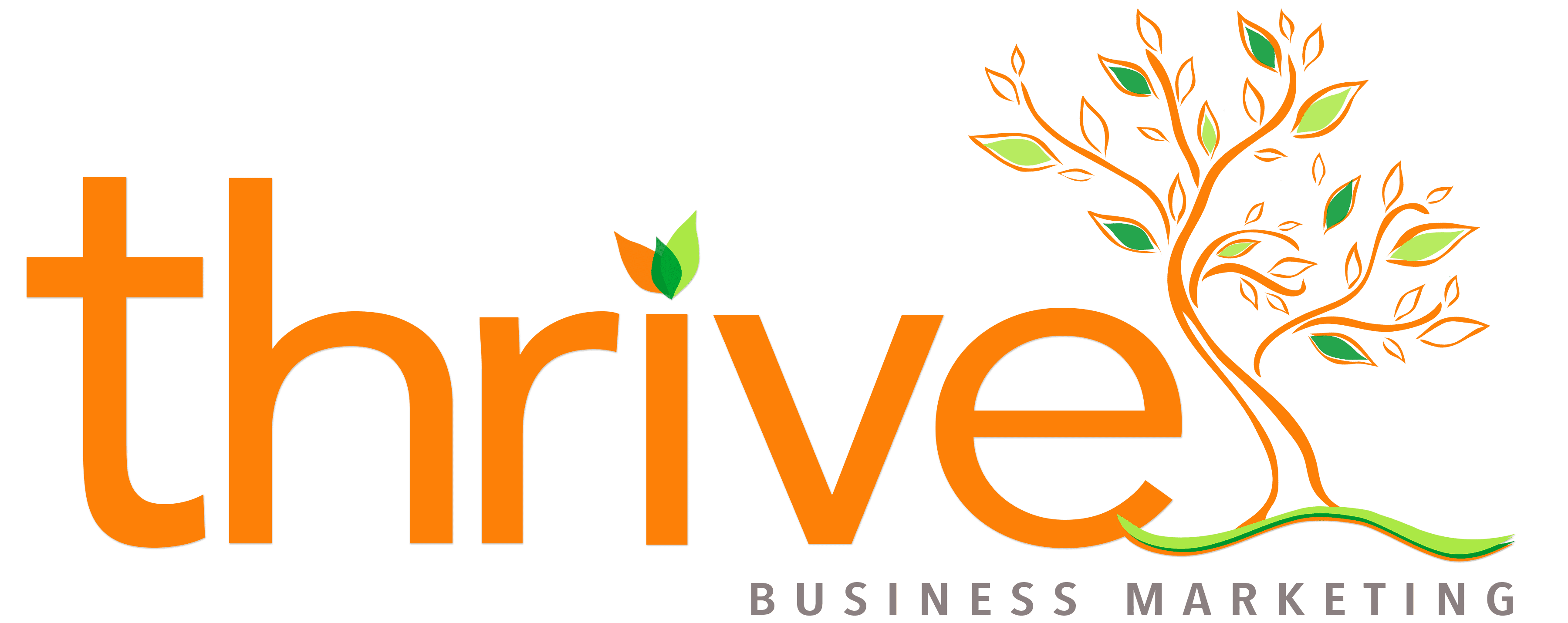Every couple of years, Moz.com does a study about Ranking Factors meant to determine which attributes of pages and sites have the strongest connection with high Google ranking. There are two parts of the survey. The first part consists of a survey of professional SEOs, and the second is a large correlation study.
Some of the key findings of this study are as follows:
- Page Authority correlates higher than any other metric we measured.
- Social signals, especially Google +1s and Facebook shares are highly correlated.
- Despite Penguin, anchor text correlations remain as strong as ever.
- New correlations were measured for schema.org and structured data usage.
- More data was collected on external links, keywords, and exact match domains.
Survey
During the survey, those who took part in it were asked to rate several factors on a scale from 1 to 10, according to how important Google’s ranking algorithm was to them. The highest rated factors in the survey had average scores about 7 to 8, while less important factors ranged from 4 to 6.
To compute the correlations, a large set of keywords from Google Adwords that spanned a large range of search volumes across all topic categories were collected. Then, the top 50 organic search results from Google-US were collected in a depersonalized way. Keep in mind that all SERPs were collected after the Penguin 2.0 update, in early June.
All the factors were extracted from each search result that was going to be analyzed, and from that, the mean Spearman correlation across the entire data set was going to be computed. Basically, this is the same general process that Searchmetrics and Netmark used recently in their studies.
Now, To The Data!
Here’s the first set of Mozescape link correlations:
Correlations: Page Level
Correlations: Domain Level
Page Authority is a Mozescape machine learning model that predicts ranking ability from links. It’s Moz’s highest correlation factor in their study.
In the survey, SEOs felt that links were very important:
Anchor Text
In the last couple years, Google has put the smack down on over optimized anchor text. Even then, anchor text correlations for both partial and exact match were still pretty large and relevant in the data set:
SEOs that were surveyed though that an organic anchor text distribution is more important than the number of links:
Because the anchor text correlations were quite different between the Moz results and the Searchmetrics study, it was believed that Moz included navigational gueries while Searchmetrics removed them from its data.
On-page
There was a fairly high correlation between the keyword and the document, both with the TF-IDF score and the language model score. This high correlation was found with the title tag, the body of the HTML, the meta description and the H1 tags:
INSERT CORRELATION ON PAGE
SEOs also agreed t hat the keyword in the title were the most important factors on the page:
There was some additional on-page correlations computed to see where structured markup had any relationship to rankings. At this point, because the correlations were close to zero, it could be concluded that they are not used, at least at this point, as ranking signals.
ExactPartial Match Domain
Recently, the ranking ability of exact and partial match domains (EMD/PMD) have been heavily debated by SEOs. It seems that Google is still adjusting their ranking ability. Before the June 25 update, in the data that was collected, it was found that EMD correlations to be quite high at 0.17.
This information is surprising, since the data given shows that EMD is decreasing. Because of this, after digging in, we see that the EMD percent has decreased over the last year (the blue line):
In the last few months, we’ve seen a see-saw pattern in the EMD correlations (red line) where they decreased, then rose back up again. This could be attributed to the decrease last fall to Google’s EMD update. This increase in correlation says that the EMDs are still there and are still ranking higher overall in the SERPS, despite the fact they are less prevalent.
Social
In 2011, the social signals were some Moz’s highest correlating factors:
SEOs believe that social signals aren’t a very important factor in the overall algorithm:
In this situation, this could be a place where the correlation is explainable by other factors, like links, and there may not be direct causation.
Takeaway And The Future of Search
Based on Moz’s survey respondents, this is how Google’s overall all algorithm breaks down:
According to Moz, this is what they see:
- Links are still believed to be the most important part of the algorithm (approximately 40%).
- Keyword usage on the page is still fundamental, and other than links is thought to be the most important type of factor.
- SEOs do not think social factors are important in the 2013 algorithm (only 7%), in contrast to the high correlations.
It’s believed by SEOs that there will be a shift away from traditional ranking factors (such as anchor text, exact match domains, etc) to deeper analysis of a site’s “value” to users, authorship, social signals, and structured data:














